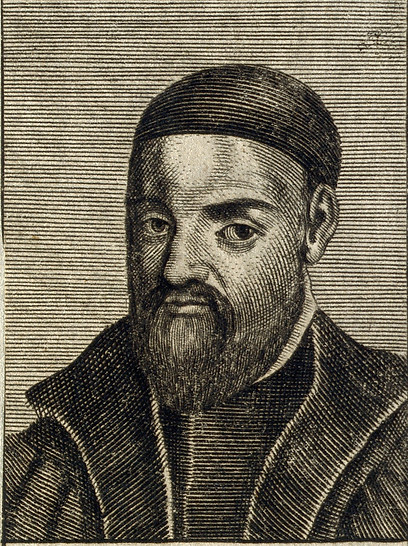Inclusive Anatomy
250 BCE
Present
Galen
Herophilus
Soranus of Ephesus
Andreas Vesalius
Reinier de Graaf
200 BCE
207 CE
100 AD
1561
1672
Eponym:
The uterine tubes are eponymously known as fallopian tubes, named after anatomist, Gabriel Falloppio (1523-1562). Falloppio was born in Modena, Italy, and received his medical doctorate from the University of Modena. He held professorships at various Italian Universities, including Ferrara, Pisa, and Padua. [1]
Scientific Contributions:
Falloppio conducted dissections primarily at the University of Pisa and the Medici Zoo of Florence, making significant contributions to the anatomy of head, reproductive organs in both sexes, and urology. [2] Various anatomical structures related to fallopian tube, including fallopian canal and fallopian ligament, was described by Falloppio as well. He also corrected this misconception, stating that females do not have an epididymis, and emphasized that the fallopian tube is an independent organ that links the uterine horns to the ovary. [3]

Gabriele Fallopio. Line engraving, 1688.
Obtained from: Wellcome Collection -- Reference: 2835i
This image was cropped.
References
-
Stolberg, M. (2022). Gabrielle Falloppia, 1522/23-1562: The Life and Work of a Renaissance Anatomist. Routledge.
-
Mortazavi MM, Adeeb N, Latif B, et al. (2013). "Gabriele Falloppio (1523–1562) and his contributions to the development of medicine and anatomy." Child's Nervous System, 29(6): 877–80.
-
Thiery, M. (1993). Vesalius and the anatomy of the female genital tract. Verhandelingen-Koninklijke Academie Voor Geneeskunde van Belgie, 55(6), 609-682.




